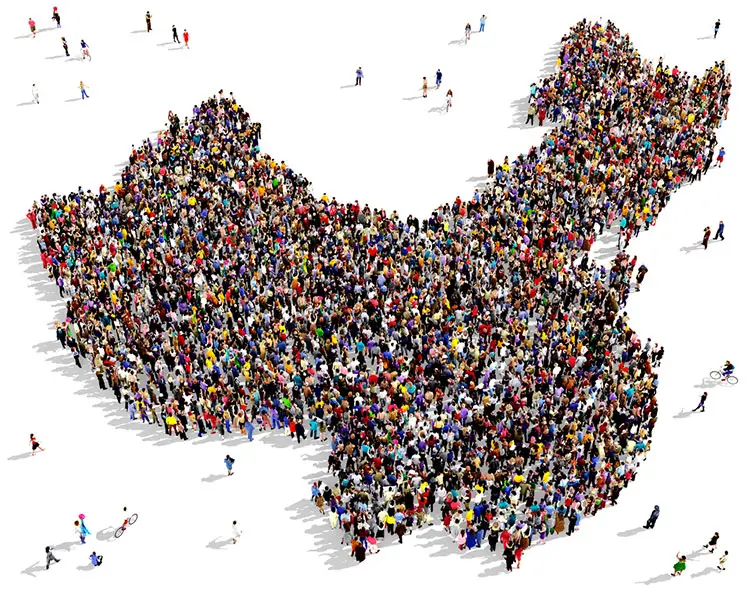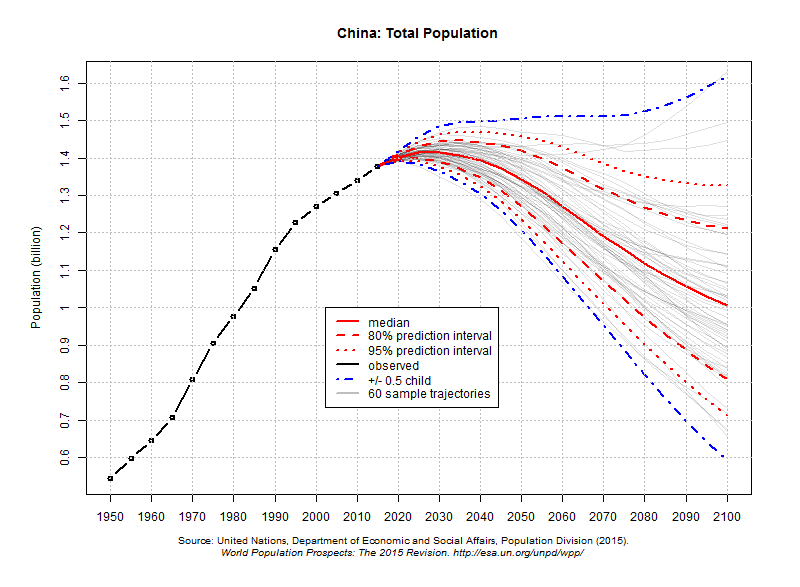
30th October 2015 China ends one-child policy after 35 years 35 years after it formally enacted its one-child policy (more accurately known as the "family planning policy"), China's Communist Party has announced that it will allow all couples to have two children.
In response to fears about an impending population explosion, China's government began draconian birth control measures in 1980. These were later credited with having prevented up to 400 million births. However, the law was extremely controversial and often brutally enforced with grave violations of human rights, forced sterilisations, abortions and infanticide. It was later relaxed to allow parents to have a second child if they themselves were both only children. A further change was made in 2013 when couples become eligible to have two children if only one of the parents was an only child. Following the success of its decades-long policy, China is now faced with a much bigger demographic challenge: a rapidly aging population with fewer people of working age to support the older generations. Today, the ratio of workers to retirees is approximately 5:1. However, the nation's workforce is already shrinking, with 2.4 million employees being lost each year. By 2030, China's ratio of workers to pensioners will fall to roughly 2:1, leading to serious economic, political and social problems. By mid-century, the situation could be even worse, as the population enters a long period of decline. The new "two-child" policy to be introduced from March 2016 may help to slow this trend. State-run news service, Xinhua, quotes Li Bin, head of the National Health and Family Planning Commission, as saying it will "optimise the demographic structure, increase labour supply, ease pressure from the aging population and help improve the health of the economy." However, the policy change does not go far enough, according to human rights activists, concerned that the Communist Party continues to control the size of Chinese families: "The state has no business regulating how many children people have," said William Nee, a Hong Kong-based activist for Amnesty International. "If China is serious about respecting human rights, the government should immediately end such invasive and punitive controls over people's decisions to plan families and have children." Some researchers are sceptical that it will make a difference, as one-child families have become the social norm. Furthermore, China's rapid urbanisation means that more and more people are living in city centres, and the cost of raising kids has been skyrocketing. The new law "will probably come with a small bump" in child births "in the next two or three years, but after that, its fertility rate will stay at its current level," says Cai Yong, a population analyst at the University of North Carolina who is an expert on the Chinese one-child policy. "They should actually have abolished this long ago. China missed its best opportunity to relax the policy when people were still willing to have a second or even third child."
Stuart Gietel-Basten, a demographer at the University of Oxford, comments in the Guardian: "In the short term probably there will be a little baby boom, particularly in some of the poorer provinces where the rules have been very strict, like in Sichuan or in parts of the south. But in the long term, I don’t think it’s going to make an enormous amount of difference." "Society is 'greying' much faster than they had anticipated," states Willy Lam – an expert on China from the Jamestown Foundation in Washington, D.C. "So the tax burden on workers and employees in the coming 10, 20 years will be very high." "This population imbalance is very dangerous for the long-term development of the country," says Ma Size, grandson of Ma Yinchu, known in China as the father of the one-child policy. China's fertility rate peaked at 6.16 in 1965, before dropping to 2.71 in 1980. Today it stands at just 1.67, one of the lowest in the world and well below the replacement rate of 2.1 needed to sustain a country in the long term. Experts predict that over a quarter of China's population will be aged over 65 by 2050 – slowing down the economy and putting a huge burden on the younger generations. Many other countries around the world will experience a similar trend in the decades ahead. As the ratio between taxpayers and pensioners continues to drop, a new economic system may need to evolve.
Comments »
|








